A 17th century gold armorial seal ring, relating to the Col(e)man family, circa 1640-80, the oval bezel bearing full armorial achievement of the family of Colman/Coleman of Brent Eleigh, Suffolk; the bezel with a uniform punched border, inscribed with the letter ‘I’ to the underside of the bezel, ring size Q½. £8,000-£12,000 A 17th century gold armorial seal ring, relating to the Col(e)man family, circa 1640-80, the oval bezel bearing full armorial achievement of the family of Colman/Coleman of Brent Eleigh, Suffolk; the bezel with a uniform punched border, inscribed with the letter ‘I’ to the underside of the bezel, ring size Q½. £8,000-£12,000 This ring was found by a metal detector at Ducks Bay on the shores of Loch Lomond in Scotland and has been disclaimed under Scottish Treasure Trove. The arms of the Colman family may be blazoned as follows: Arms: Azure upon a pale rayonny or a lion rampant gules Crest: A caltrap or between two wings, argent This crest can be seen prominently displayed on the ledger slab of the tomb of Samuel Colman (1569-1653) in the parish church of St Mary, Brent Eleigh, Co. Suffolk and atop the Brent Eleigh village sign post. The Colman family made their fortune in the mid 16th century from the cloth trade, in the Suffolk town of Lavenham. The family invested their wealth into land, and in 1607 Samuel Colman purchased the manors of Brent Eleigh and Fennhall, and the family rose to rank amongst the Suffolk gentry. Samuel’s second son Thomas was a devout clergyman in the protestant faith in the village of Brent Eleigh; however Thomas’s only son Edward became a convert to Catholicism and had a reputation as an effective proselytiser of his new faith, gaining a number of converts. Edward also had high political ambitions for himself, which began in 1661 when he established himself at court, being sworn in as a ‘Gentleman Pensioner’, acting as a bodyguard to the King. By 1673 Edward had been appointed Secretary to fellow Catholic, Mary of Modena, wife of James, Duke of York, the younger brother and heir presumptive to the Protestant King Charles II. During the end of the 1670s James and Mary had been living in Edinburgh and in 1680 the King made James Commissioner for Scotland. The 17th century remained a period of high tension between Protestants and Catholics, and Edward undertook approaches on behalf of the Duke of York (whether authorised or not) to both the Papacy and the Catholic French court, trying to gain support and funds to reduce James’s reliance on the anti-Catholic parliament. In September 1678, Titus Oates made fanciful claims of a ‘Popish Plot’, accusing nearly 550 Jesuits of involvement in plots to assassinate the King; one of those accused being Edward Colman. As the claims were fabricated, no direct evidence of plans for regicide could be found, however searches of Edward Colman’s correspondence with the French Jesuit, Fr. Ferrier, confessor to Louis XIV, detailed fanciful schemes of obtaining the dissolution of the current Parliament, in the hope of replacing it with a new pro-French (and therefore pro-Catholic) one. In the wake of these revelations Edward was found guilty of treason and in November 1678 was hung, drawn and quartered. Now considered to be a Catholic martyr, Edward Colman was beatified by Pope Pius XI in 1929. Condition Report The coat of arms comprising: a lion rampant upon a vertical stripe with flamed edges, beneath helmet with a crest of a caltrap (spike) between a pair of wings, the whole surrounded by mantling -the engraving is well executed and crisp. There is a little scuffing to the surface of the shoulders and the back of the shank, but over all in fine condition. Bezel measures 16 x 14mm. Gross weight 9.7gm.
A 17th century gold armorial seal ring, relating to the Col(e)man family, circa 1640-80, the oval bezel bearing full armorial achievement of the family of Colman/Coleman of Brent Eleigh, Suffolk; the bezel with a uniform punched border, inscribed with the letter ‘I’ to the underside of the bezel, ring size Q½. £8,000-£12,000 A 17th century gold armorial seal ring, relating to the Col(e)man family, circa 1640-80, the oval bezel bearing full armorial achievement of the family of Colman/Coleman of Brent Eleigh, Suffolk; the bezel with a uniform punched border, inscribed with the letter ‘I’ to the underside of the bezel, ring size Q½. £8,000-£12,000 This ring was found by a metal detector at Ducks Bay on the shores of Loch Lomond in Scotland and has been disclaimed under Scottish Treasure Trove. The arms of the Colman family may be blazoned as follows: Arms: Azure upon a pale rayonny or a lion rampant gules Crest: A caltrap or between two wings, argent This crest can be seen prominently displayed on the ledger slab of the tomb of Samuel Colman (1569-1653) in the parish church of St Mary, Brent Eleigh, Co. Suffolk and atop the Brent Eleigh village sign post. The Colman family made their fortune in the mid 16th century from the cloth trade, in the Suffolk town of Lavenham. The family invested their wealth into land, and in 1607 Samuel Colman purchased the manors of Brent Eleigh and Fennhall, and the family rose to rank amongst the Suffolk gentry. Samuel’s second son Thomas was a devout clergyman in the protestant faith in the village of Brent Eleigh; however Thomas’s only son Edward became a convert to Catholicism and had a reputation as an effective proselytiser of his new faith, gaining a number of converts. Edward also had high political ambitions for himself, which began in 1661 when he established himself at court, being sworn in as a ‘Gentleman Pensioner’, acting as a bodyguard to the King. By 1673 Edward had been appointed Secretary to fellow Catholic, Mary of Modena, wife of James, Duke of York, the younger brother and heir presumptive to the Protestant King Charles II. During the end of the 1670s James and Mary had been living in Edinburgh and in 1680 the King made James Commissioner for Scotland. The 17th century remained a period of high tension between Protestants and Catholics, and Edward undertook approaches on behalf of the Duke of York (whether authorised or not) to both the Papacy and the Catholic French court, trying to gain support and funds to reduce James’s reliance on the anti-Catholic parliament. In September 1678, Titus Oates made fanciful claims of a ‘Popish Plot’, accusing nearly 550 Jesuits of involvement in plots to assassinate the King; one of those accused being Edward Colman. As the claims were fabricated, no direct evidence of plans for regicide could be found, however searches of Edward Colman’s correspondence with the French Jesuit, Fr. Ferrier, confessor to Louis XIV, detailed fanciful schemes of obtaining the dissolution of the current Parliament, in the hope of replacing it with a new pro-French (and therefore pro-Catholic) one. In the wake of these revelations Edward was found guilty of treason and in November 1678 was hung, drawn and quartered. Now considered to be a Catholic martyr, Edward Colman was beatified by Pope Pius XI in 1929. Condition Report The coat of arms comprising: a lion rampant upon a vertical stripe with flamed edges, beneath helmet with a crest of a caltrap (spike) between a pair of wings, the whole surrounded by mantling -the engraving is well executed and crisp. There is a little scuffing to the surface of the shoulders and the back of the shank, but over all in fine condition. Bezel measures 16 x 14mm. Gross weight 9.7gm.
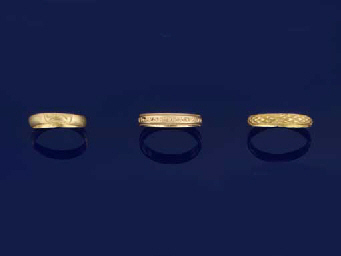
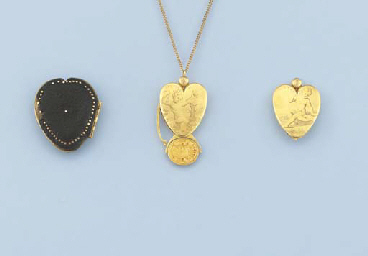
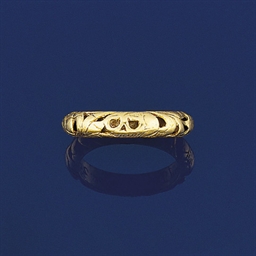
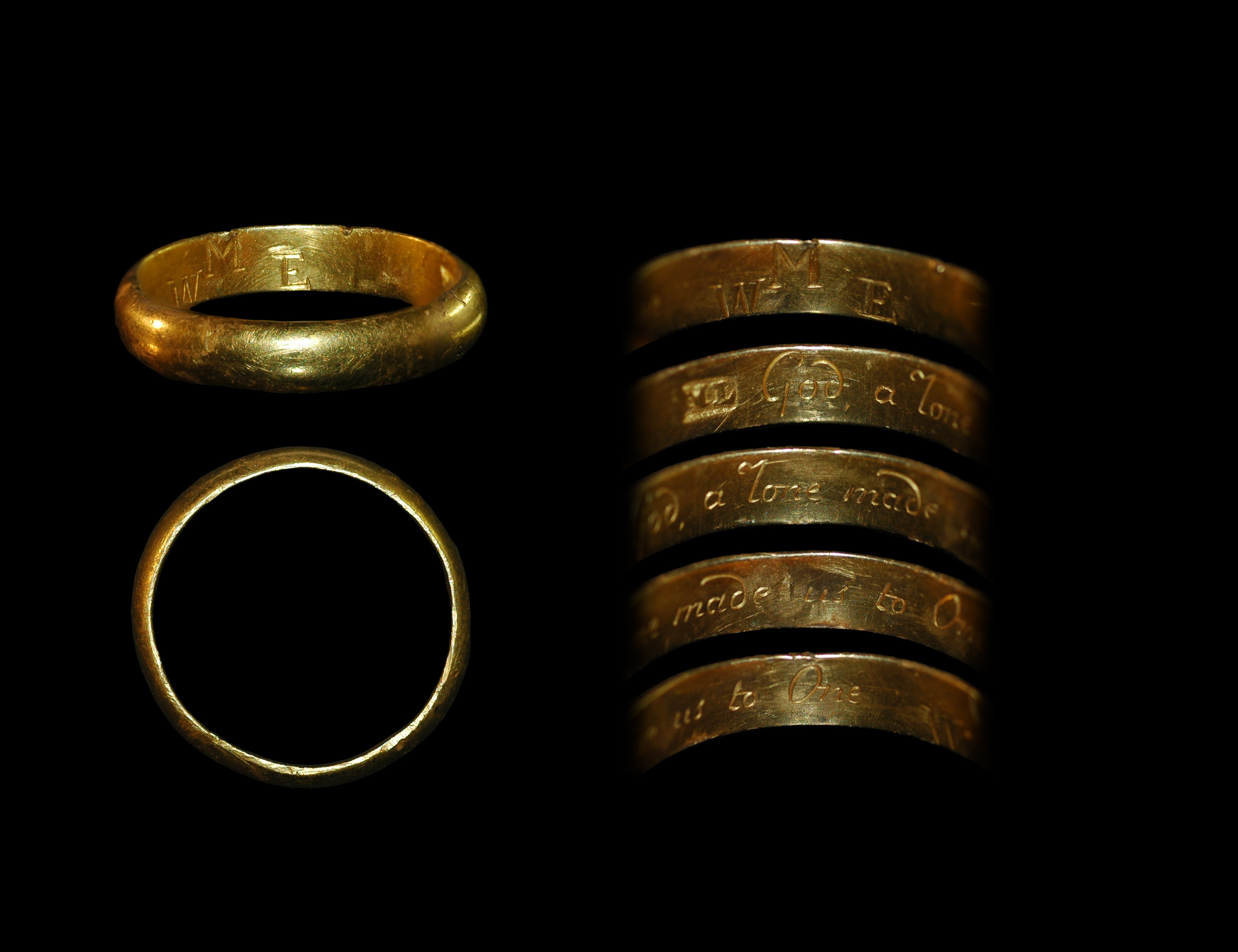

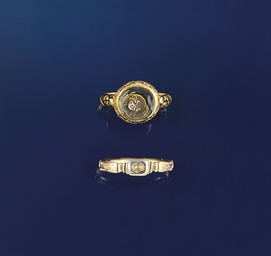

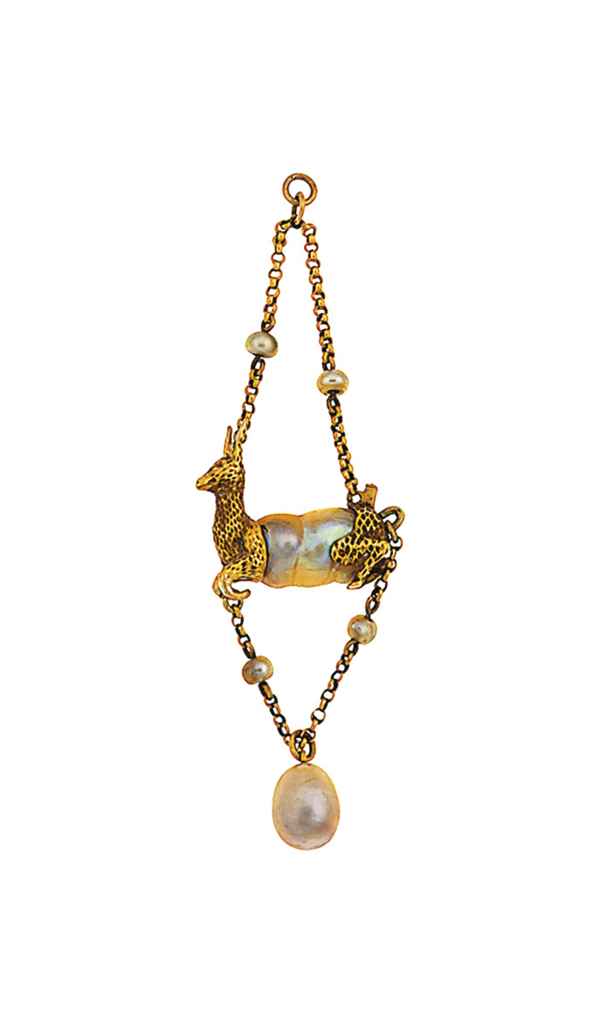
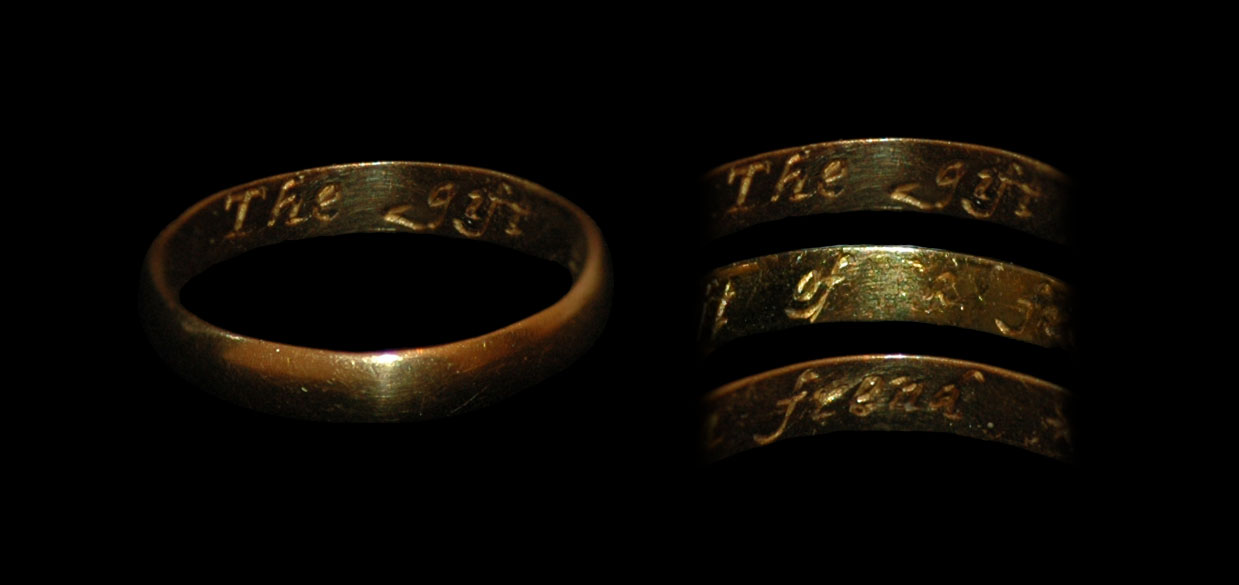

.jpg)
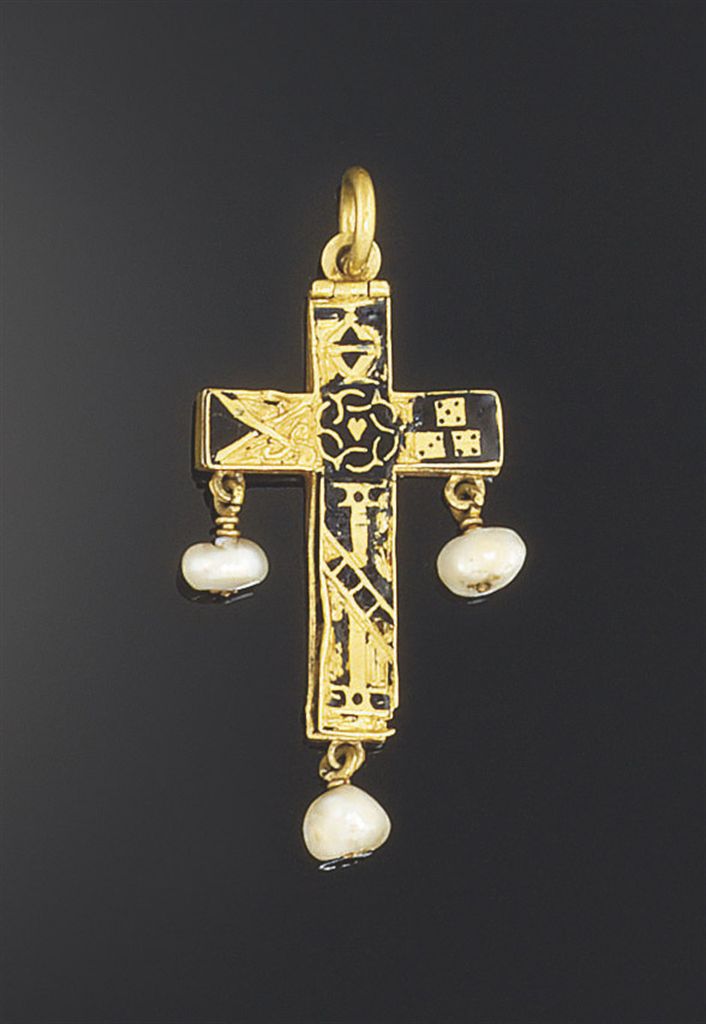
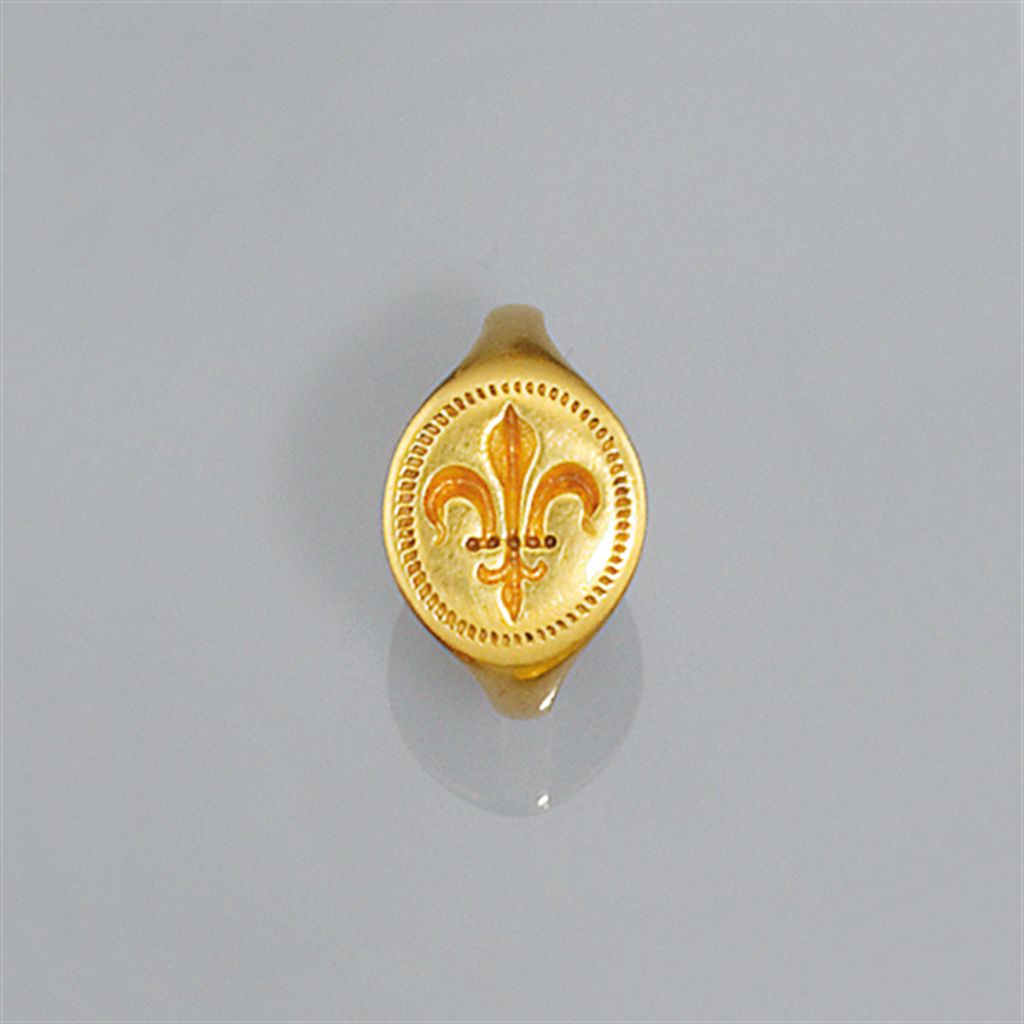
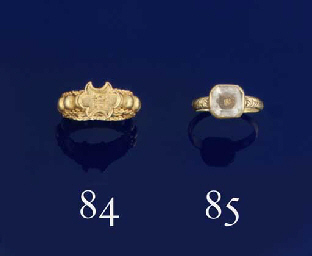
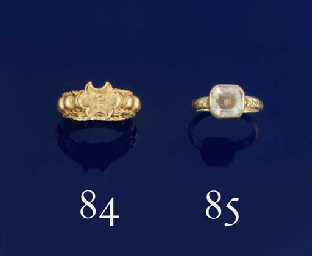
Testen Sie LotSearch und seine Premium-Features 7 Tage - ohne Kosten!
Lassen Sie sich automatisch über neue Objekte in kommenden Auktionen benachrichtigen.
Suchauftrag anlegen